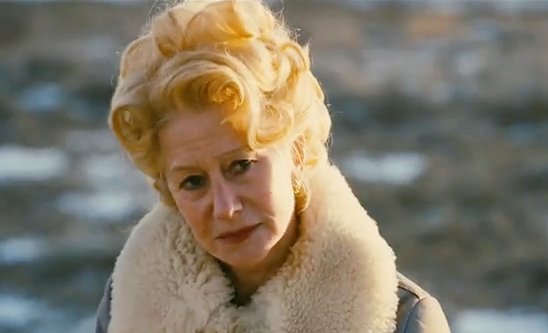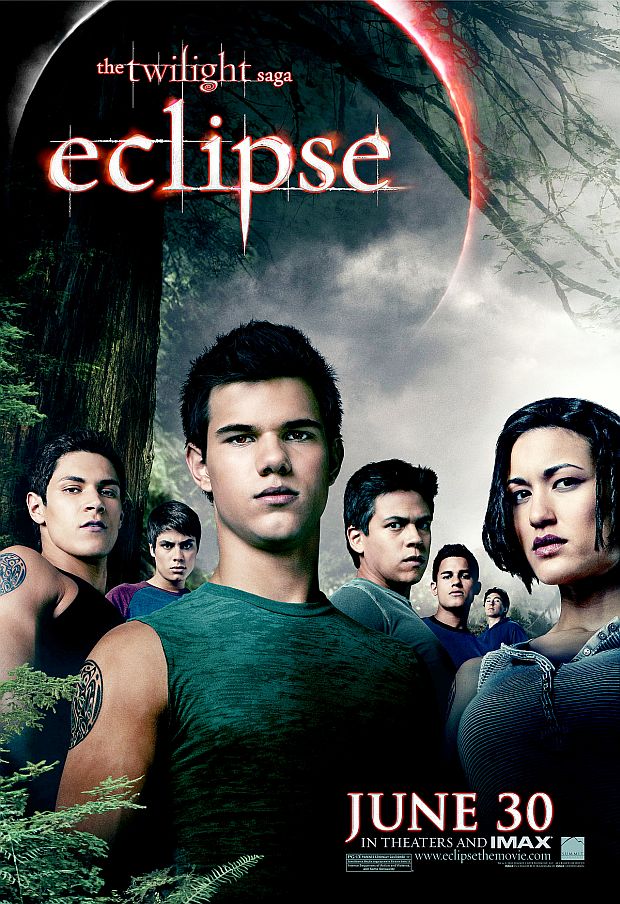How did director Taylor Hackford (“An Officer and a Gentleman,” “Ray“) get Dame Helen Mirren (Oscar-winner for “The Queen“) agree to appear in his film, “Love Ranch,” the story of Reno’s first legal brothel? It helped that she is his wife. But, as he told me in this interview, she had turned him down six or seven times when he’d asked her to appear in his movies. This time, though, he had what it took to get her to agree, a role of such range and force that she found it irresistible. In this film she plays Grace, a madam since she was 20, tough and cynical. And then she meets someone who opens her to feelings she never imagined she was capable of.
Tell me about the movie. I know that it is inspired by the true story of the Confortes, who ran the first legal brothel in Reno, Nevada, and an Argentine boxer.
The essence of what’s behind this film is — can not just one but three cynical professionals with no romantic delusions — can they find that they are overcome by their emotions, that passion explodes, that love and jealousy and all those things overpower them and take control. All this taking place in this cynical world where you’re selling sex, which is not erotic but businesslike.
I loved the costume design in this movie. The clothes did more than evoke the 1970’s — they really helped to tell the story, illuminating the characters and how they changed over the course of the film. 
It’s great you say that. I went with a very young designer. Her name is Melissa Bruning. She had not done a lot of films, but she gave me her book, she draws, she has a great style, and I decided to take a chance. I didn’t have a big budget so she didn’t have a lot to work with but she just does fantastic work. The important thing here is you’re doing a film in the 70’s, and it’s a very arch era, big hair, disco, everything was high styled. Some people would make the whole film about that. But I wanted the actors to be wearing the clothes instead of the clothes wearing the actors. She found a lot of vintage clothes, all that lingerie, all those things the girls are wearing, that’s all period stuff. She did build some clothes for Helen. These clothes helped define these characters.
The antecedents of these characters are real. The character played by Joe Pesci is based on Joe Conforte who was an Italian from the Northeast but once he came West he affected the clothes and the style of his customers who were truck drivers and cowboys. You know by the clothes Charlie is wearing that he’s still got New Jersey all over him even though he is trying to have this bravura style of the West. Each actor collaborated with Melissa in their own way.
I like the way the costumes don’t just show us the characters but they show us how the characters change, especially Grace.
You see her come alive. My wife is incredibly brave. She goes for whatever the character needs regardless of the way she looks. People appreciate the fact when someone is real, not phony. When you meet Grace , she is plenty tough, she is a cynical professional; I don’t think there’s an ounce of romantic illusion left in her. She’s tired, she’s done this for a long time. She’s sick. She discovers she’s terminal. She knows her husband is a philanderer. You can have that knowledge, but you don’t want your nose rubbed in it. She’s an unhappy person. Helen allowed herself to have that look. She has the big hair and the outfit, but it’s a uniform. She is tired, she doesn’t look so good, but as she discovers that it isn’t over for her, as the juices start to flow, she comes alive. Part of that is hair, makeup and costume and part is the actress herself, and the transformation is wonderful.
You worked with three stars from three different countries and three different acting traditions. How did you get them to work together so seamlessly?
Two things. When I first mentioned to people I as pairing Helen Mirren and Joe Pesci, they looked at me like I was joking. But I knew with both of them, their traditions are different but the commitment is total. You’ll never see either of them go half-way. They immediately hit it off. Neither one would give an inch and they realized, “We really feed off each other.” I thought they were terrific together.
The biggest and most difficult casting situation — it’s not a duet at the core of this film, it’s a trio. Joe and Helen are consummate thoroughbreds. Then the actor who plays Bruza, he has to go toe to toe with them. He’s younger, but he’s a forceful character, a boxer from Argentina. It was really tough. To find an actor who could do that was, I thought, almost impossible, though he has this bravura exterior he has secrets and pain he has to reveal over the course of the film. My writer, Mark Jacobson, handed me a picture of Sergio Peris-Mencheta and said, “This guy is from Madrid, he has a great look and is supposed to be a pretty good actor.” He stopped in Los Angeles, he came to our house, and he and Helen read. It just was uncanny. He had the spark, the humor, the incredible intensity, the animal magnetism. Helen said, “There’s so much going on. This guy has it.” He is a physical man. He was the captain of Spain’s national rugby team. But he didn’t know anything about boxing and he’s a slender guy. He had to train at Gleason’s gym in Brooklyn and worked with Jimmy Glynn, a very famous boxing trainer and put on 35 pounds. I also liked his being there because he was speaking English. He is the great discovery in this film. He could be a big movie star.
I didn’t expect to see in the middle of this movie an electrifying — and brutal — boxing match.
I love boxing. I’ve always been a boxing fan. I was the co-filmmaker on “When We Were Kings.” This film is about the flesh business, selling flesh both in a brothel and in the boxing ring. There’s a kind of poetic metaphor in that world of flesh when you can find true love. So my own ego says that if there’s going to be a boxing scene, it’s got to be great. It’s like doing a love scene. It better be there for a reason. If it truly is about two people coming together and something being discovered, there is a place for it. This is a catalyst, it’s the moment where everybody’s role changes. Charlie’s dream turns into a nightmare. Bruza, based on the boxer Oscar Bonavena, is hiding something and we discover his weakness. Grace realizes his vulnerability and that drives her. You need to see the bitter reality and the horror she feels. Everyone takes a 90-degree turn at that moment.
I’m proud of it because it is a realistic approach to boxing, done in Bonavena’s style.
You shot the film in New Mexico rather than Reno. Why?
We got a tax credit to shoot there. But it’s not dissimilar. It’s that austere, monochromatic, look, bare but still beautiful. Juxtaposing that natural exterior with an artificial interior, where you’re never supposed to know whether it’s day or night, you’re supposed to lose yourself. That juxtaposition was a wonderful stylistic metaphor. But we did go to Reno for three days. It has not been the success story Vegas has and you can still capture the ethos of the 70’s because so much hasn’t changed.
What inspires you?
Talent. Story. I’m a story-teller. I know how to use a camera and style is important to me but I like to reveal a story through the actors. You can only achieve that through a level of trust. Telling a story I’m excited about and I try to do something different and not make the same film twice. If I can take a personal journey that takes me on an adventure, I’m interested.



